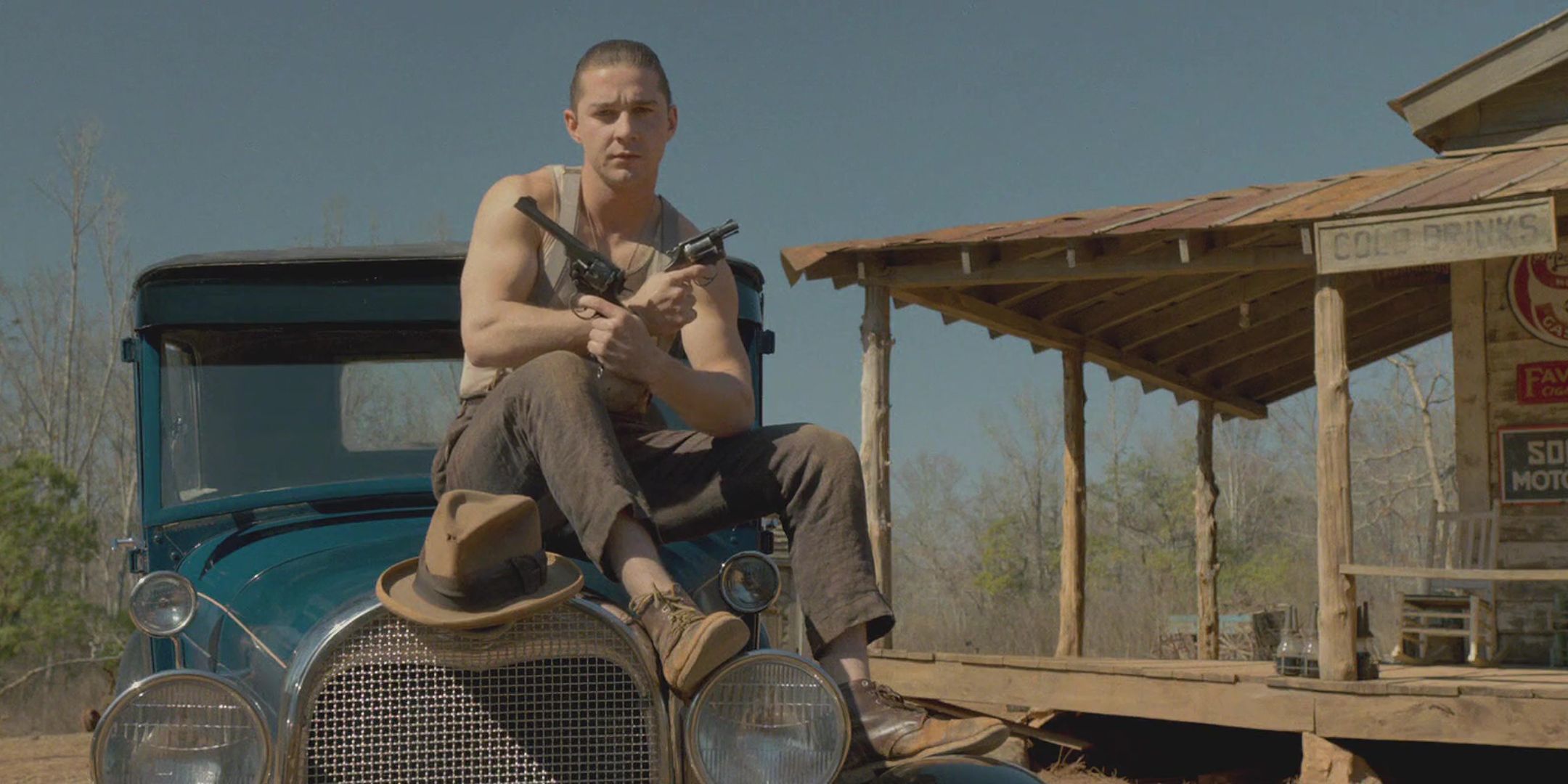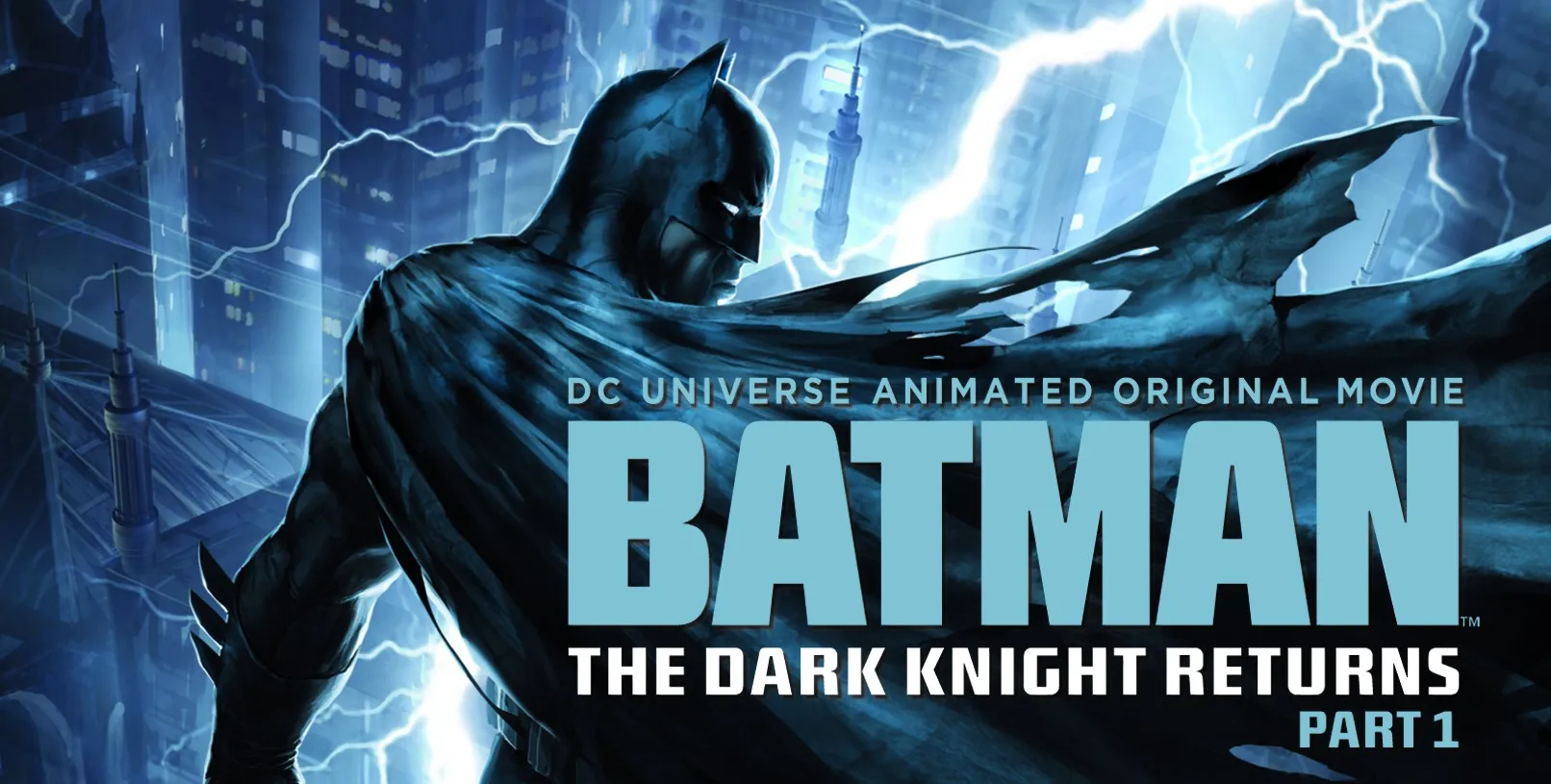Some men live by the law. Others make their own.
Set against the dusty, dangerous backdrop of Prohibition-era Virginia, Lawless (2012) is a brutal, stylized tale of brotherhood, violence, and defiance. Directed by John Hillcoat and based on Matt Bondurant’s novel The Wettest County in the World (itself inspired by the true story of Bondurant’s grandfather and great-uncles), the film fuses gangster grit with Southern gothic myth, turning the criminal underworld into a stage for moral ambiguity and raw power.
The story follows the Bondurant brothers — Forrest (Tom Hardy), Howard (Jason Clarke), and Jack (Shia LaBeouf) — bootleggers and local legends in Franklin County, Virginia. Known for their moonshine empire and their stubborn refusal to bow to authority, the Bondurants have carved out a reputation as untouchable outlaws in a lawless land.
But their fragile dominance is threatened when Special Deputy Charlie Rakes (Guy Pearce), a sadistic, slick-haired enforcer from Chicago, arrives to “clean up” the area and demands a share of all illegal profits. Rakes is not just corrupt — he’s vicious, calculating, and enjoys cruelty for its own sake. He’s the embodiment of cold institutional violence, wearing perfume and silk gloves while doling out beatings and murder.

Forrest, the leader and spiritual core of the family, is stoic and nearly mythic — a man who grunts more than he speaks, whose reputation for invincibility fuels his fearlessness. Hardy’s performance here is mesmerizing: Forrest is gruff, enigmatic, and exudes a quiet menace that borders on comic at times, yet never undermines his presence.
Howard, the oldest brother, is a loyal brute — scarred from World War I and frequently drunk, he functions as the family’s muscle. Meanwhile, Jack, the youngest, is ambitious and insecure. He longs to prove himself but lacks the grit and instinct of his older brothers. Much of the film’s emotional arc belongs to Jack, who transforms from naive dreamer to hardened outlaw over the course of the story. LaBeouf delivers a surprisingly vulnerable and human performance, and his growth parallels the film’s rising tension and increasing brutality.
Lawless is drenched in violence, but it rarely feels gratuitous. Every beating, stabbing, and gunshot serves the tone: this is a world where survival depends on reputation and ruthlessness. The violence is filmed with a sense of gravity — chaotic and painful rather than glorified. It underlines the constant threat these men live under, and the lengths they’re willing to go to protect their autonomy.
The arrival of Maggie Beauford (Jessica Chastain), a former dancer from Chicago who seeks quiet refuge in the South, adds an undercurrent of sensuality and softness to Forrest’s harsh world. Her relationship with him is slow-burning, cautious, and ultimately revealing of Forrest’s humanity beneath the legend. Chastain plays Maggie with weary elegance, a woman escaping her own past but caught again in a web of masculine violence.
Meanwhile, Jack’s budding romance with Bertha (Mia Wasikowska), a preacher’s daughter, shows a different facet of life in Franklin County — the contrast between the religious, conservative surface and the blood-soaked moonshine underworld bubbling just below. Their relationship, while tender, is also symbolic of Jack’s hunger for legitimacy and admiration.
The cinematography by Benoît Delhomme bathes the Appalachian countryside in golden light and dusty shadows, contrasting pastoral beauty with moments of sudden brutality. The film’s aesthetic blends Americana nostalgia with the cold realism of a gangster saga. Nick Cave (who also co-wrote the screenplay) delivers a haunting, blues-infused score that heightens the film’s tension and melancholy.

At its core, Lawless is a story about resistance, masculinity, and the myth of invincibility. The Bondurants are, in many ways, American archetypes — men who live outside the law but hold to their own moral codes. Forrest, especially, becomes almost mythical: he’s rumored to be unkillable, a legend that grows every time he survives a near-death experience. But the film smartly undercuts that myth with real consequence. Forrest bleeds, stumbles, and makes mistakes. His myth is partly self-created — and partly a mask to keep fear at bay.
Guy Pearce’s Charlie Rakes is one of the film’s most fascinating villains — not because he’s powerful, but because he’s so grotesquely out of place. His appearance, mannerisms, and venomous hatred for the rural world around him make him alien and unsettling. Pearce plays him as a man who detests dirt, yet revels in cruelty — a clean monster in a dirty world.
Despite its violence and intensity, Lawless ends on a somewhat reflective and even tragic note. The Prohibition era eventually ends, the blood stops spilling, and life goes on. But the scars remain — both literal and emotional. Jack narrates the final moments, giving us a glimpse into what comes after all the bloodshed. The Bondurant legend fades, but it’s remembered — not for glory, but for survival.

Critically, Lawless received generally positive reviews. While some critics noted pacing issues or tonal inconsistencies, most praised its strong performances (especially Hardy and Pearce), evocative setting, and willingness to blend historical grit with lyrical intensity. It occupies a unique space: part Western, part gangster film, part family drama — all steeped in a deep sense of time and place.
In summary, Lawless is a visceral, atmospheric tale of three brothers who fight not for power, but for freedom in a world that’s trying to take it away. It explores how violence, myth, and loyalty shape the men we become — and how legends are often just men, bruised and breathing, doing what they must to survive.



